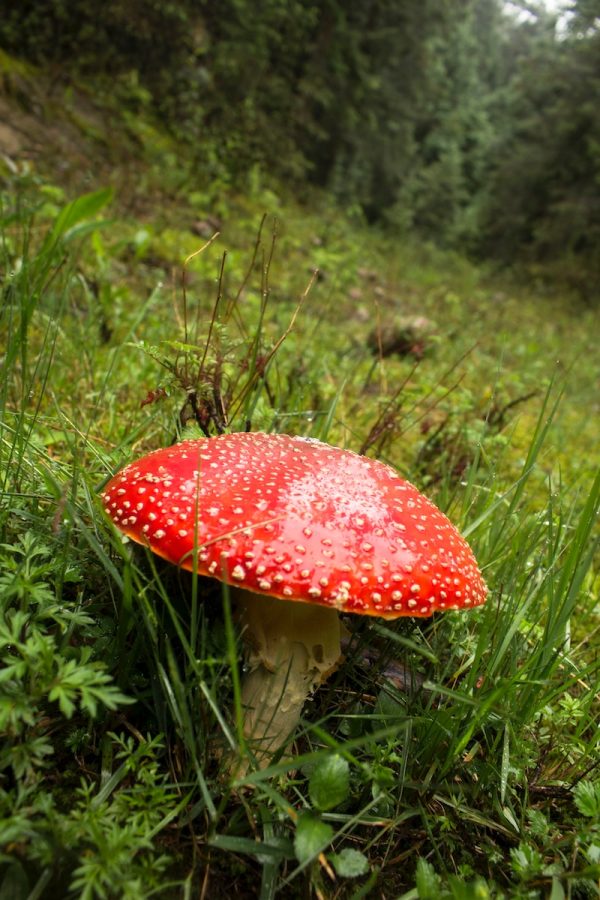The Dangers Of Fungi
The dangerous effects of Fungi
Fungi may seem like harmless organisms that live in our environment, but they can pose a real threat to our health and the environment around us. Fungi, which are microscopic organisms that thrive in warm, damp areas, can cause a variety of illnesses, allergies, and other health problems.
Fungi can cause several types of diseases, including athlete’s foot, thrush, and ringworm. Athlete’s foot is a common fungal infection of the skin, usually caused by the fungus Trichophyton Rubrum. Symptoms include itching, scaling, and burning between the toes. Thrush is caused by the fungal infection Candida Albian’s and usually appears as a white coating on the tongue and mouth. Ringworm is a fungal infection that appears as a red, itchy, circular rash. It is caused by the fungus Trichophyton Rubrum and can spread to other parts of the body.
Fungal infections can also cause serious health problems, including pneumonia, meningitis, and systemic infections. Pneumonia is an infection of the lungs caused by fungi such as Aspergillus, Histoplasma, and Coccidiosis. Meningitis is an infection of the brain and spinal cord caused by fungi like Cryptococcus Neoformans and Histoplasma. Systemic fungal infections can affect the entire body, including the brain, lungs, liver, and other organs. These infections can be difficult to treat and can be life-threatening.
In addition to causing health problems, fungi can also be dangerous to the environment. Fungi can cause diseases in plants, animals, and humans. Fungi can also damage buildings, fabrics, and organic matter. The most common type of fungi is mold, which can cause respiratory illnesses, skin irritation, and allergic reactions when exposed to large amounts.
Fungi can be dangerous, but the good news is that there are steps that can be taken to prevent fungal infections and the spread of the fungus. It is important to keep indoor environments dry and clean and to regularly inspect buildings, fabrics, and other materials for signs of fungal growth. Properly cleaning and disinfecting any surfaces where the fungus is present is also important. Finally, it is important to practice good hygiene and wear protective clothing when working with or around fungi.
By taking the necessary steps to prevent and control the spread of fungi, we can help protect ourselves and the environment from the dangers of fungus.















